This post first appeared on Picture Book Den’s Blogspot.
My book The Bad Bunnies is all about a magic show, and while I was making it I got really interested in the history of magic and how illusions are made. So that’s what this post is about.
When I was small I used to long for something magical to happen: for the biscuit bear I’d just baked to come to life, to find a mysterious lamp-post or cupboard full of fur coats that would transport me to another world (I was obsessed with Narnia), to make a potion & find it actually worked, for my cat to talk. But I never seemed to find the magic that I was looking for. My cat never spoke a word to me, my potions made nothing happen and all I ever found round the other side of the lamp-post …was the other side of the lamp-post.
But why this yearning to witness magic?
When magic happens in books and films it seems so easy. We’re used to seeing magic whooshing out of Harry Potter’s wand and extraordinary transformations happening onscreen and on the page. And with the dark arts of cameras and drawing and special effects anything is possible. But what about Real Life Magic?
Real-life magic is harder. Real-life magic is really hard work. Real-life magic is putting in more practice than anyone would ever believe to make something seem effortless.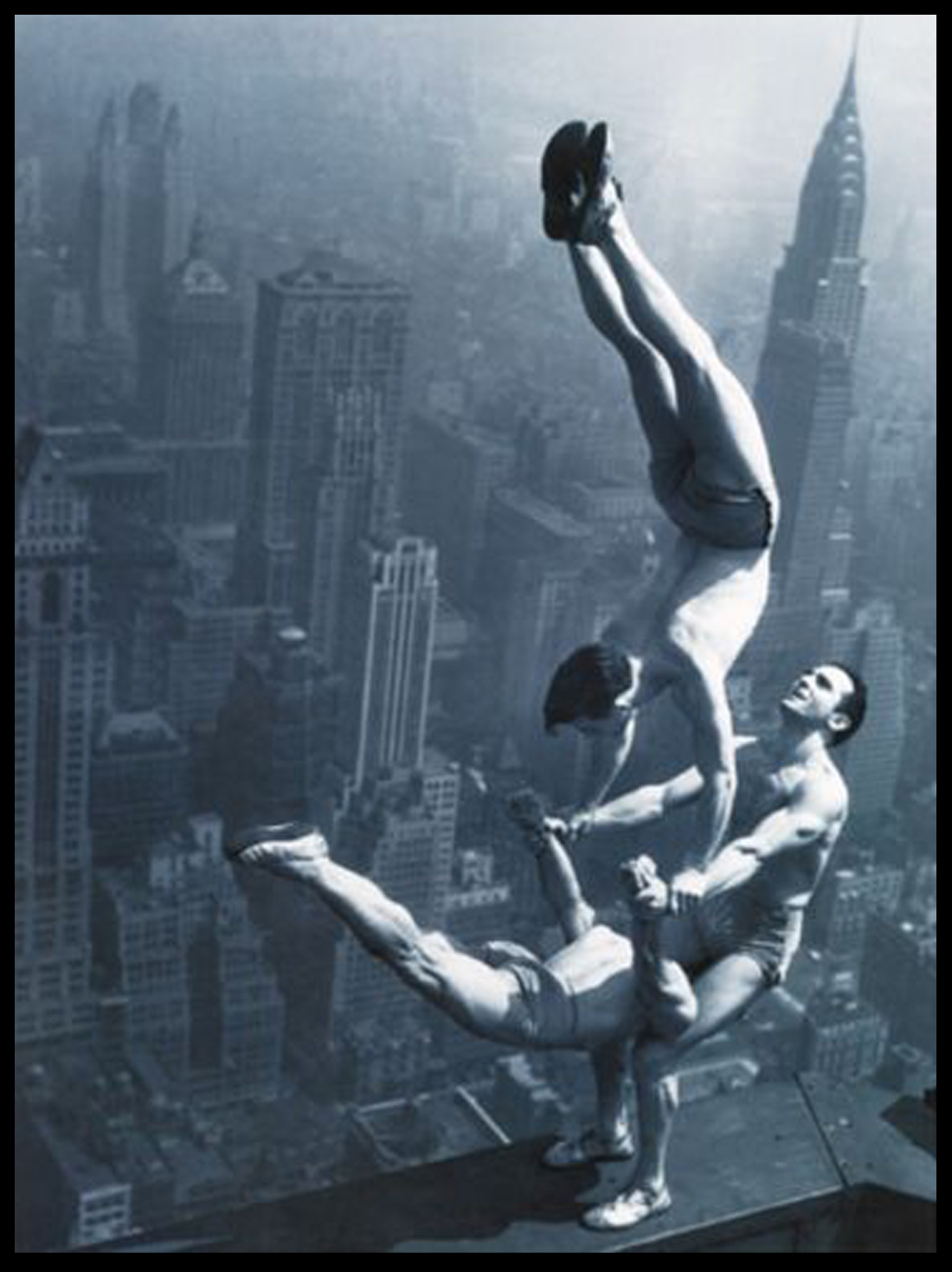 Here are some acrobats doing something that looks just about impossible. But I suspect that this feat has been achieved not with magic but with an astonishing amount of practice, skill and hard work. (Plus nerves of steel.)
Here are some acrobats doing something that looks just about impossible. But I suspect that this feat has been achieved not with magic but with an astonishing amount of practice, skill and hard work. (Plus nerves of steel.)
So one ingredient of magic is a lot of hard work, invisibly hidden away. But magic tricks done by magicians use the way our brains and vision work so that our brains are helping the illusion to happen – our brain is being the magician’s assistant.
And since our brain is being the magician’s assistant, the magician won’t have to distract or misdirect us necessarily, but will want to be directing our attention towards the magical effect…which means we do the magic – in our heads, with our story-telling brains.
Our vision is constantly trying to make a story it can understand about the world – to work out what is going on so we can predict what might happen next, and we know what to do. Optical illusions are a great way to see this in action.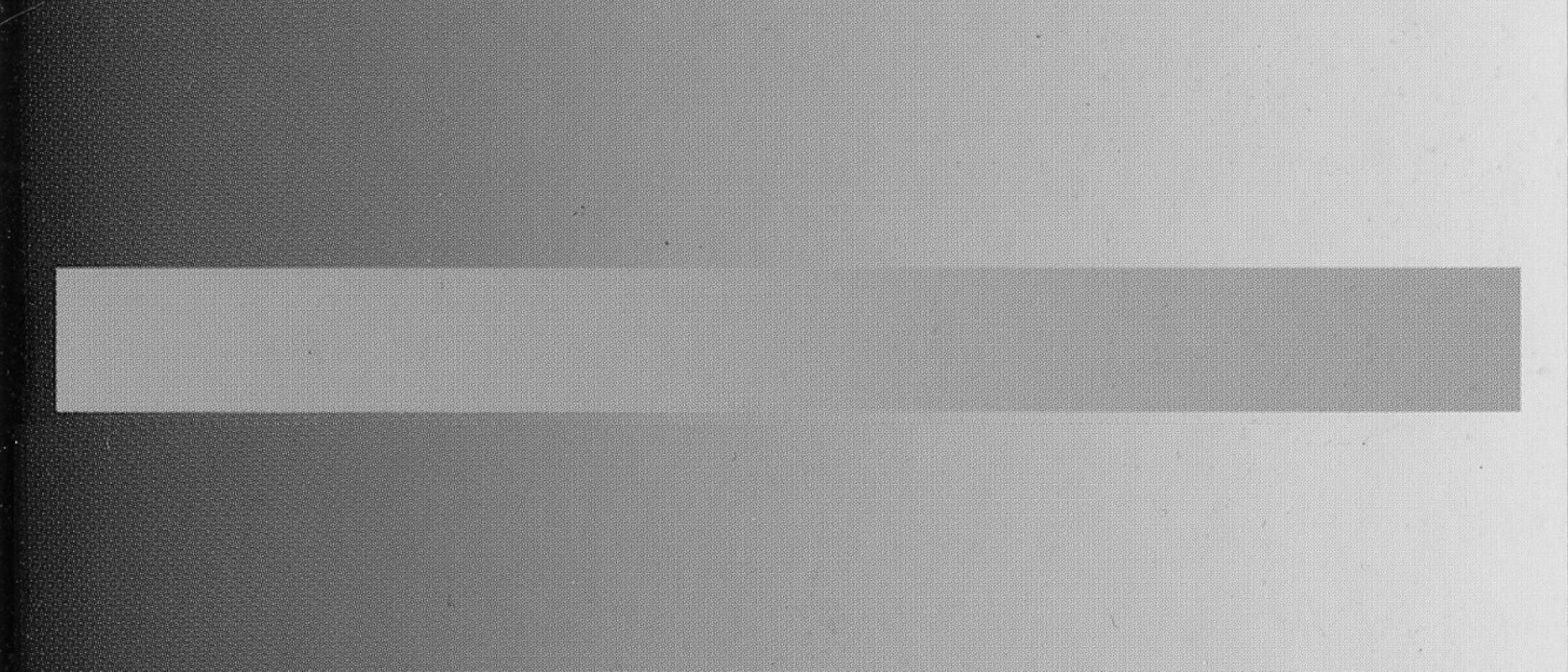 Here’s a grey bar on top of a grey gradient. Look at the grey colour on the bar, and what happens if I cover the gradient background, first the top:
Here’s a grey bar on top of a grey gradient. Look at the grey colour on the bar, and what happens if I cover the gradient background, first the top: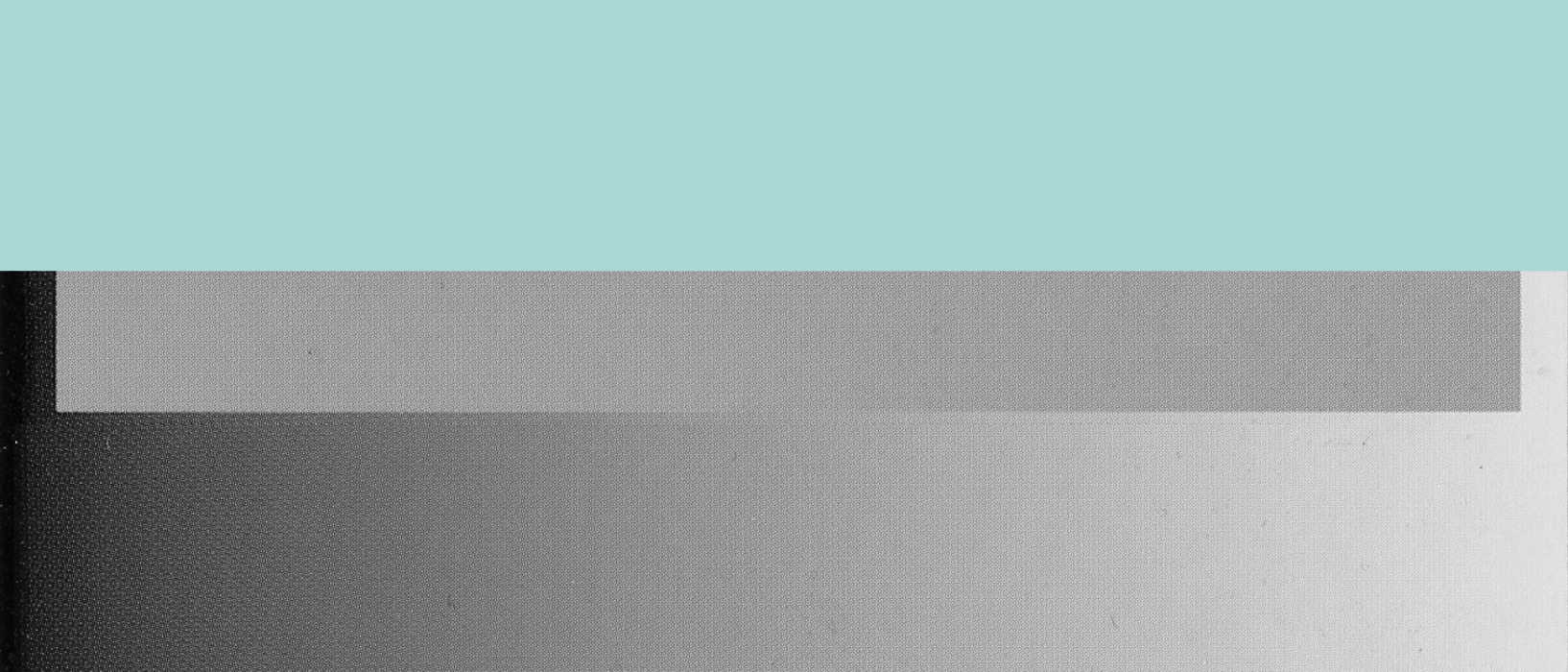
And now the bottom: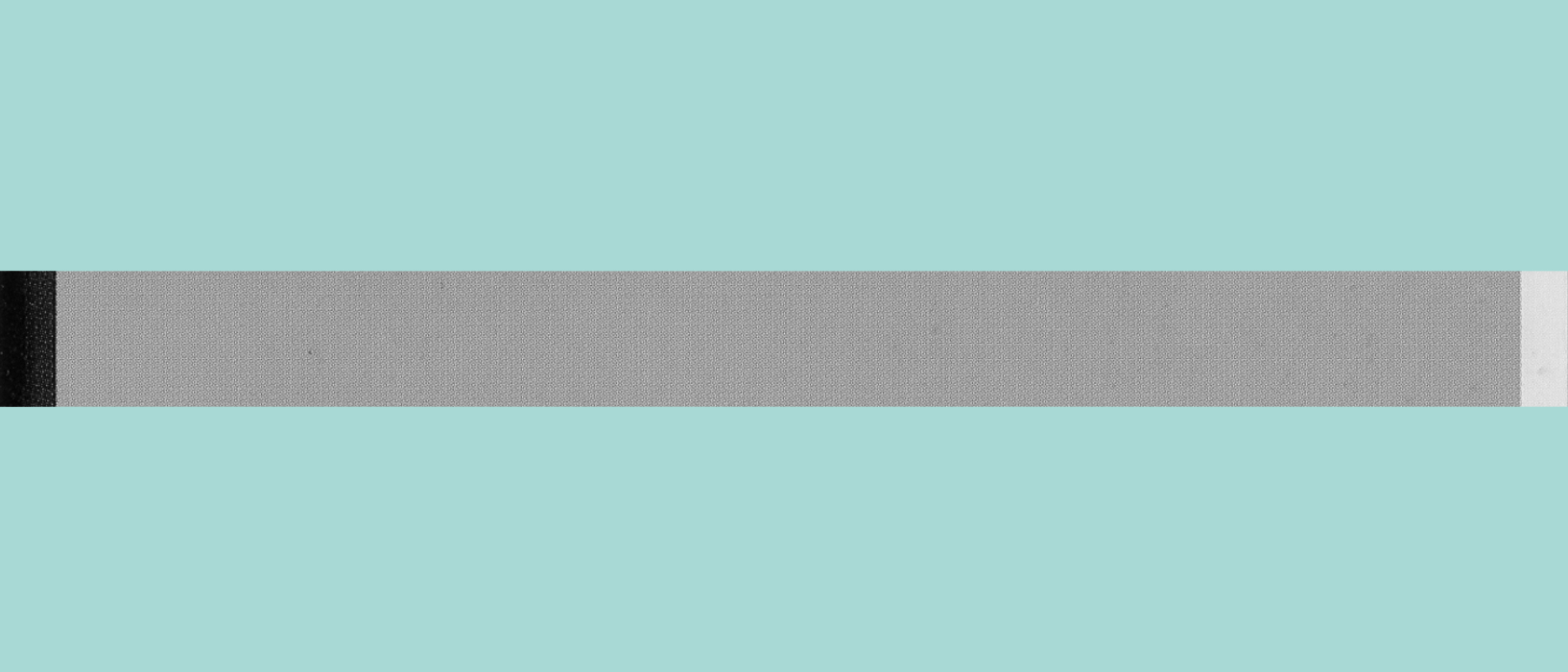 The grey bar that seemed to have such a definite shading from light to dark at first – has gone flat. Which it was all along. Our eyes couldn’t help attempting to construct an image using our ideas of relative light and shade.
The grey bar that seemed to have such a definite shading from light to dark at first – has gone flat. Which it was all along. Our eyes couldn’t help attempting to construct an image using our ideas of relative light and shade. 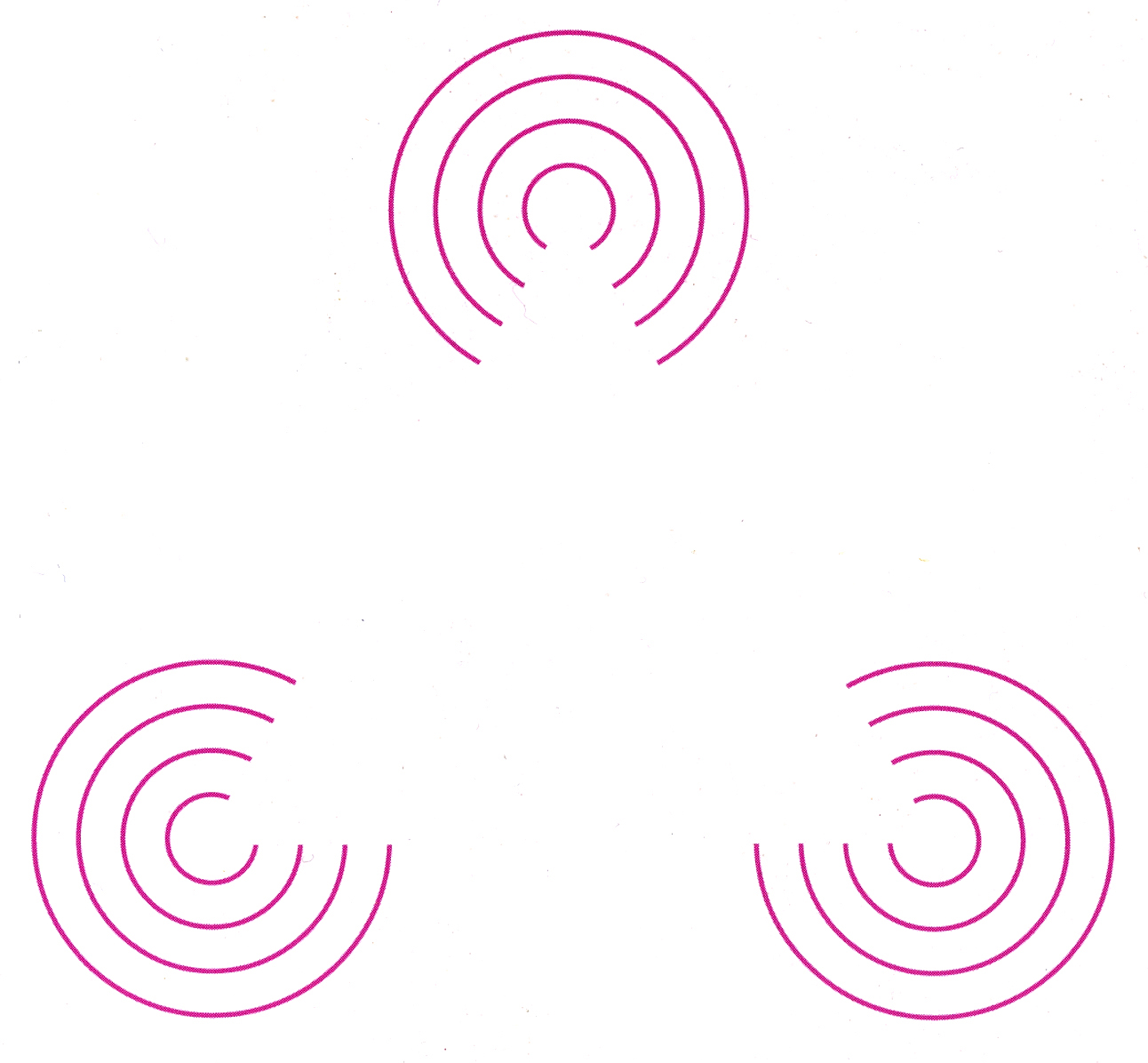 Here’s an invisible triangle – what can you see? Can you see its edges? Is it really there? To our eyes, a triangle is a better idea of what might happen than a non-triangle.
Here’s an invisible triangle – what can you see? Can you see its edges? Is it really there? To our eyes, a triangle is a better idea of what might happen than a non-triangle.
With optical illusions you can see your eyes and brain at work constructing the world.
The Vanishing Card
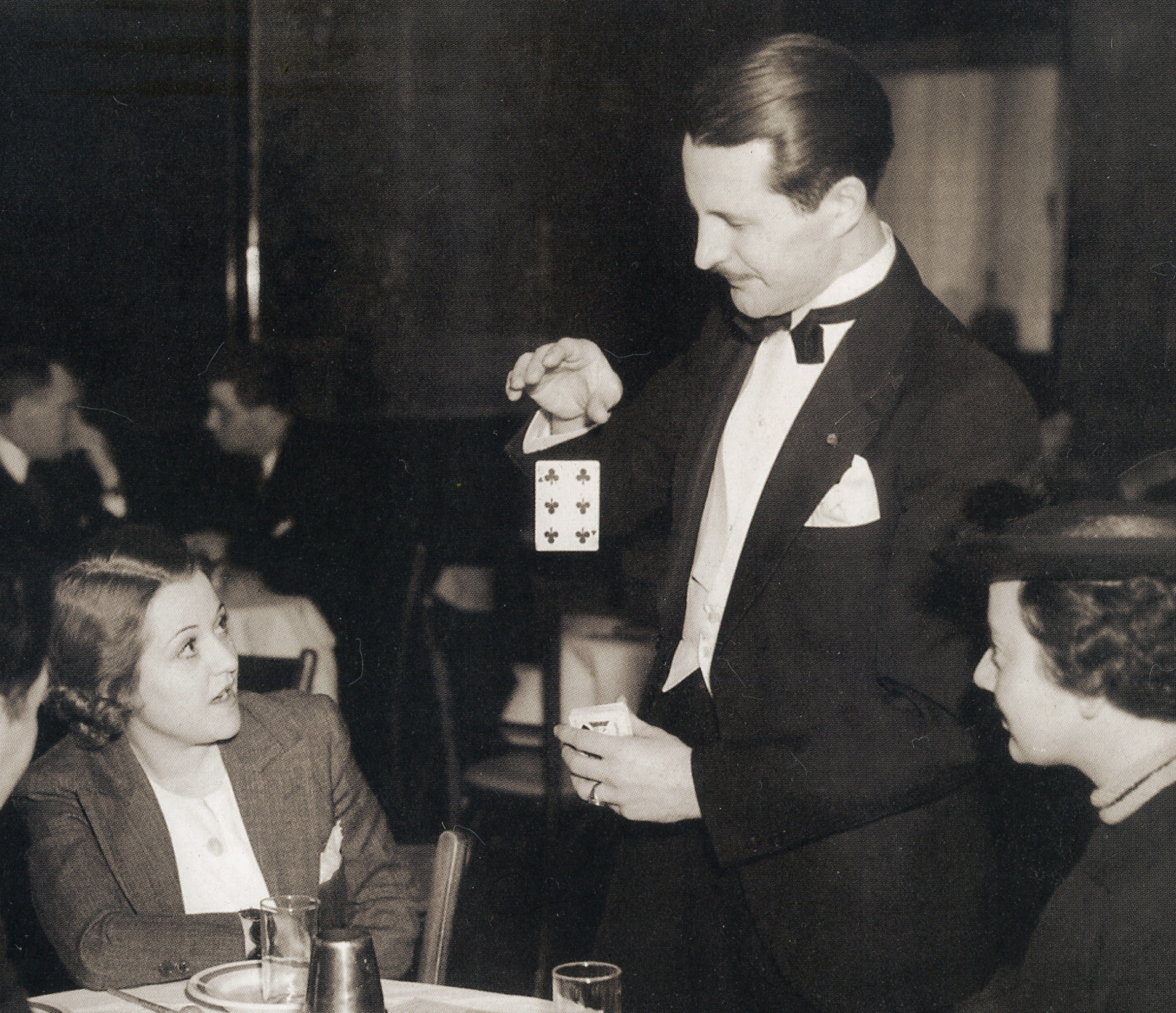 Let’s say a magician makes a card disappear and shows you that it had, then produces it out of someone’s ear. He’s shown show both sides of his hand after the disappearance – but you can’t see both sides at the same time, so have you seen there’s no card? Your brain invents a story, and the story you see is the card has vanished. The story is not that the magician has practiced flipping a card round his hand more times than you can imagine so he or she can do it with supernatural unbelievable skill. Remember those acrobats: what they do is incredible, magical – but we know how they did it – an incredible amount of working at it.
Let’s say a magician makes a card disappear and shows you that it had, then produces it out of someone’s ear. He’s shown show both sides of his hand after the disappearance – but you can’t see both sides at the same time, so have you seen there’s no card? Your brain invents a story, and the story you see is the card has vanished. The story is not that the magician has practiced flipping a card round his hand more times than you can imagine so he or she can do it with supernatural unbelievable skill. Remember those acrobats: what they do is incredible, magical – but we know how they did it – an incredible amount of working at it.
When your brain’s story & the evidence don’t match, you either change your view of what’s going on, or call it magic… The fascinating thing about magic is it reveals how our brains work: how we are storytelling all the time, constructing stories, taking shortcuts and filling in the gaps.
Arthur C Clarke famously said “Any sufficiently advanced technology is indistinguishable from magic.” The history of magic really runs parallel with technological innovations. For example, making a ghost appear on stage wasn’t possible until the invention of plate glass – in big sheets. The Pepper’s Ghost Illusion meant hiding a huge sheet of glass in front of the stage, angled to reflect a figure hidden below the stage – when they were illuminated with a strong light they’d magically appear. Nobody watching was expecting to see huge sheets of hidden plate glass – so they didn’t see it – and Pepper’s Ghost was a sensation.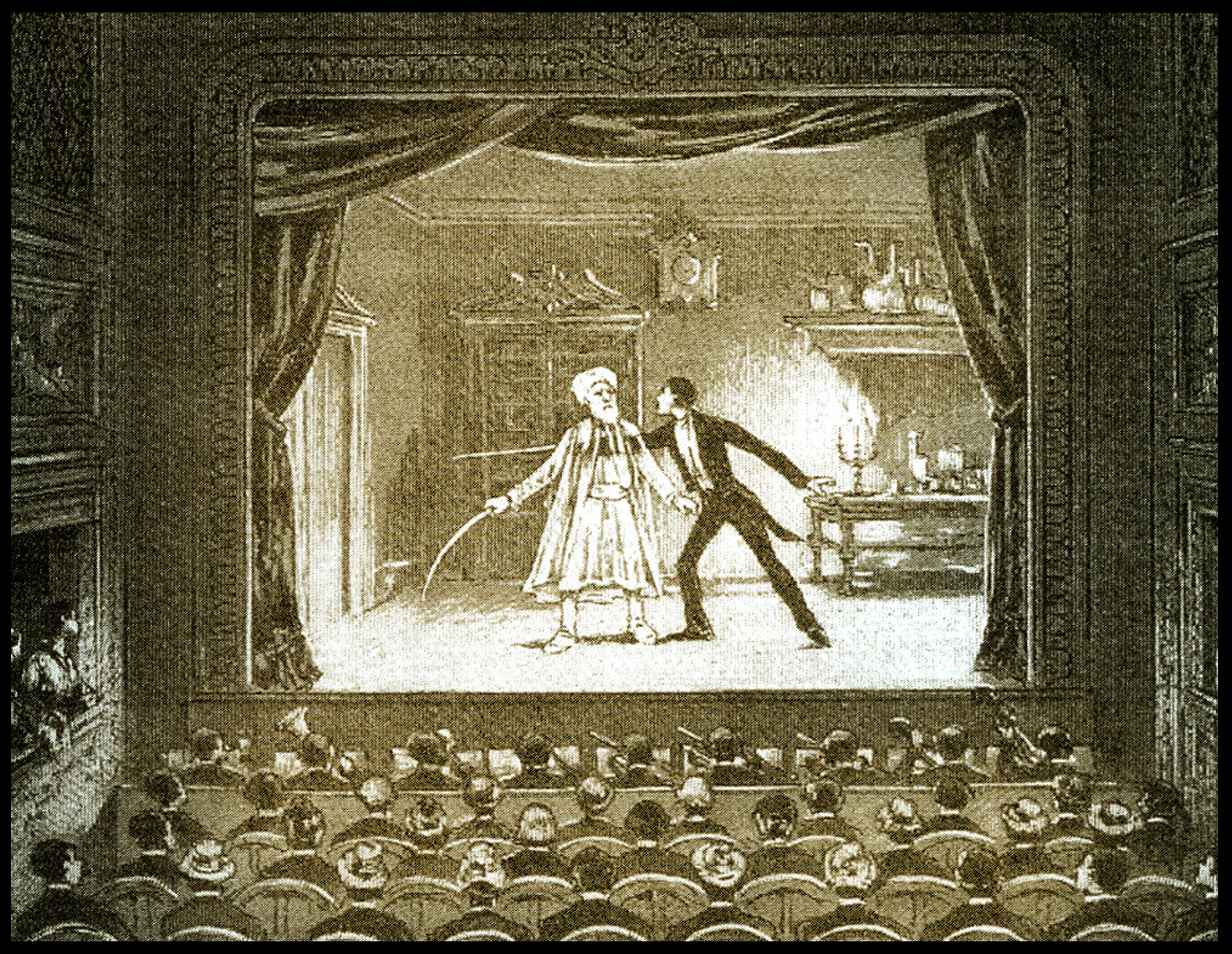 But back to books.
But back to books.
Books are masters of disguise – they can be like so many things. A book can be like a door, a museum, a time-machine, a theatre show.
Every reading of a picture book is like putting on a new performance. When I made The Bad Bunnies’ Magic Show I wanted to make a book that was like a theatre performance, and I wanted the reader to be the audience.
At first I wanted the bunnies’ magic tricks to be proper pop-up paper-engineering, because playing around with pop-ups is such a lot of fun. I managed to make a cabinet that could make Lovely Brenda appear and disappear.
But I realised the transformations I wanted to happen would be really complicated to engineer – and the complicatedness of the mechanisms might limit their visual impact. So as often happens – I found that less is more, and just cutting into the page edge with a magical sort of shape could be all the magic I needed.
I also had to make a stage to work out what was behind the curtain!
So, to return to my childhood hunt for real magic – what it would mean to see something truly inexplicable and magic happen? What if my cat did start talking to me?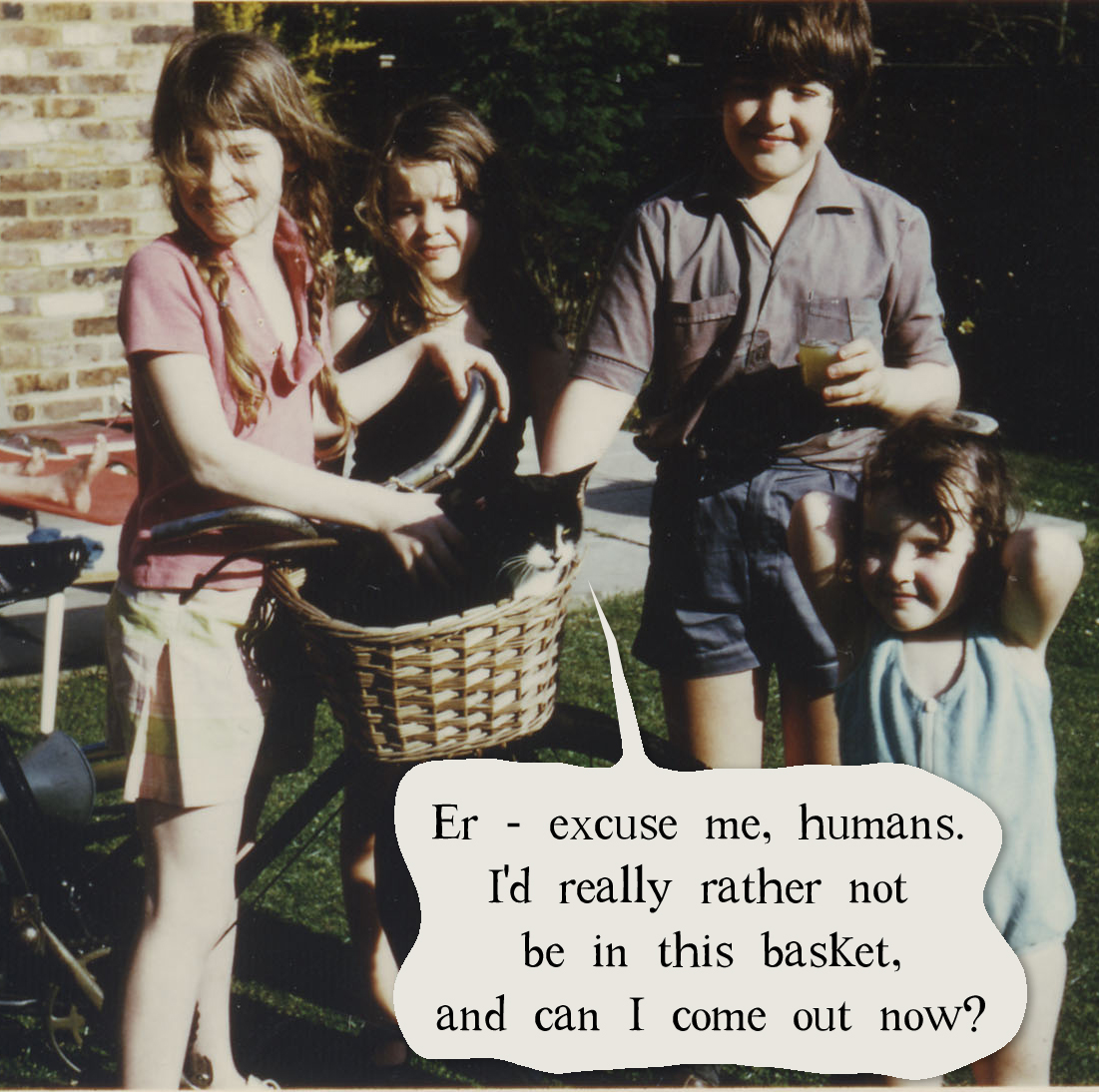 It would mean I’d have to rethink my entire world model…which would be weird and exciting, but alas still hasn’t had to happen.
It would mean I’d have to rethink my entire world model…which would be weird and exciting, but alas still hasn’t had to happen.
The Great Randi, Uri Geller and the Spoons
Uri Geller is an illusionist who did a lot of spoon bending, and explained that it was happening through the force of his mind.
James Randi (the Great Randi) was an incredible magician who also put a lot of time into exposing the deceptions of fraudsters and confidence tricksters. Randi studied Geller’s performances, and worked out exactly how he was producing the illusion of a spoon bending to his will. Randi could demonstrate spoon bending exactly like Uri Geller, but when he did it, people said – “Oh that’s just a trick.” “But what about Uri Geller?” they might be asked. The reply would be “Oh no – when he’s doing it, it’s magic.”
To me, magic show the power of our story-telling minds. Storytelling is how our brains are constructing our worlds. Storytelling is how our brains construct our pasts and predict our futures – and decide what to believe.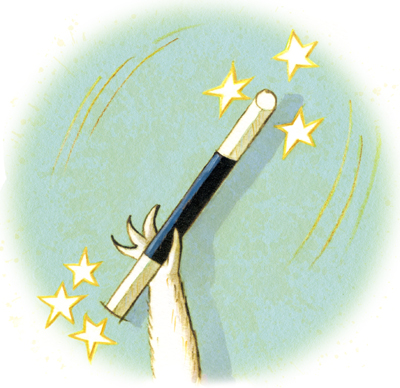
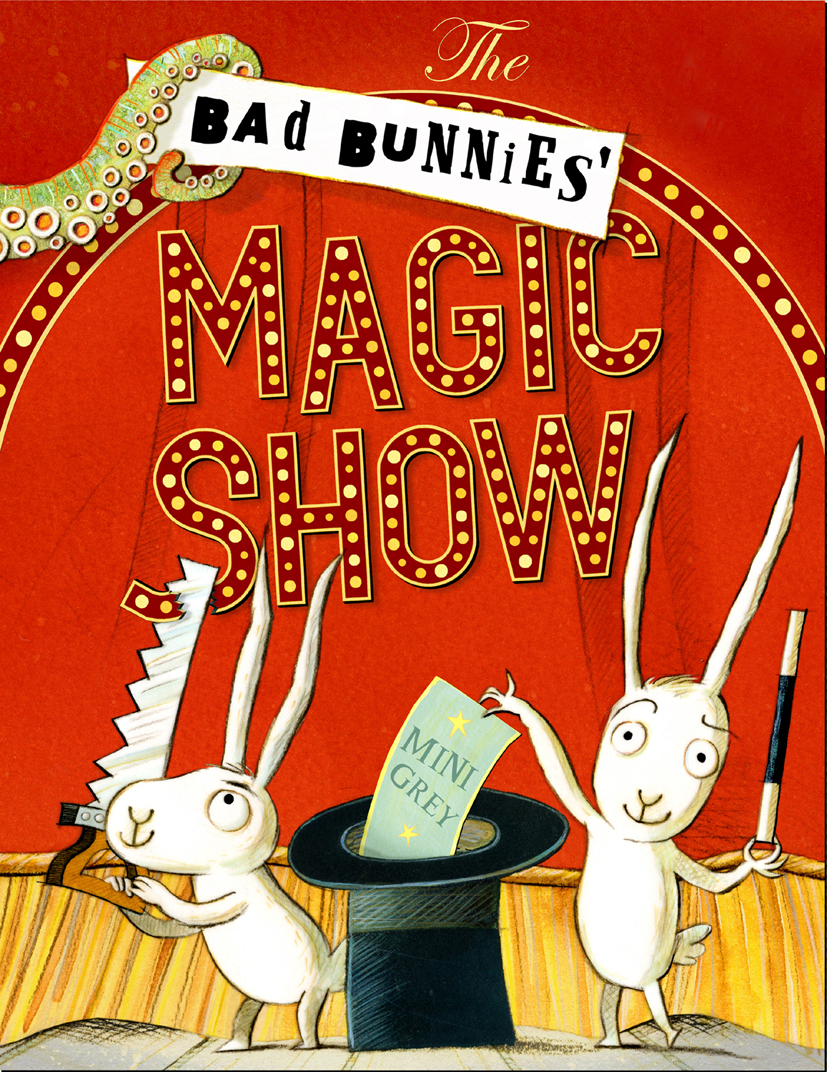 The Bad Bunnies’ Magic Show is published by Simon and Schuster Children’s Books.
The Bad Bunnies’ Magic Show is published by Simon and Schuster Children’s Books.

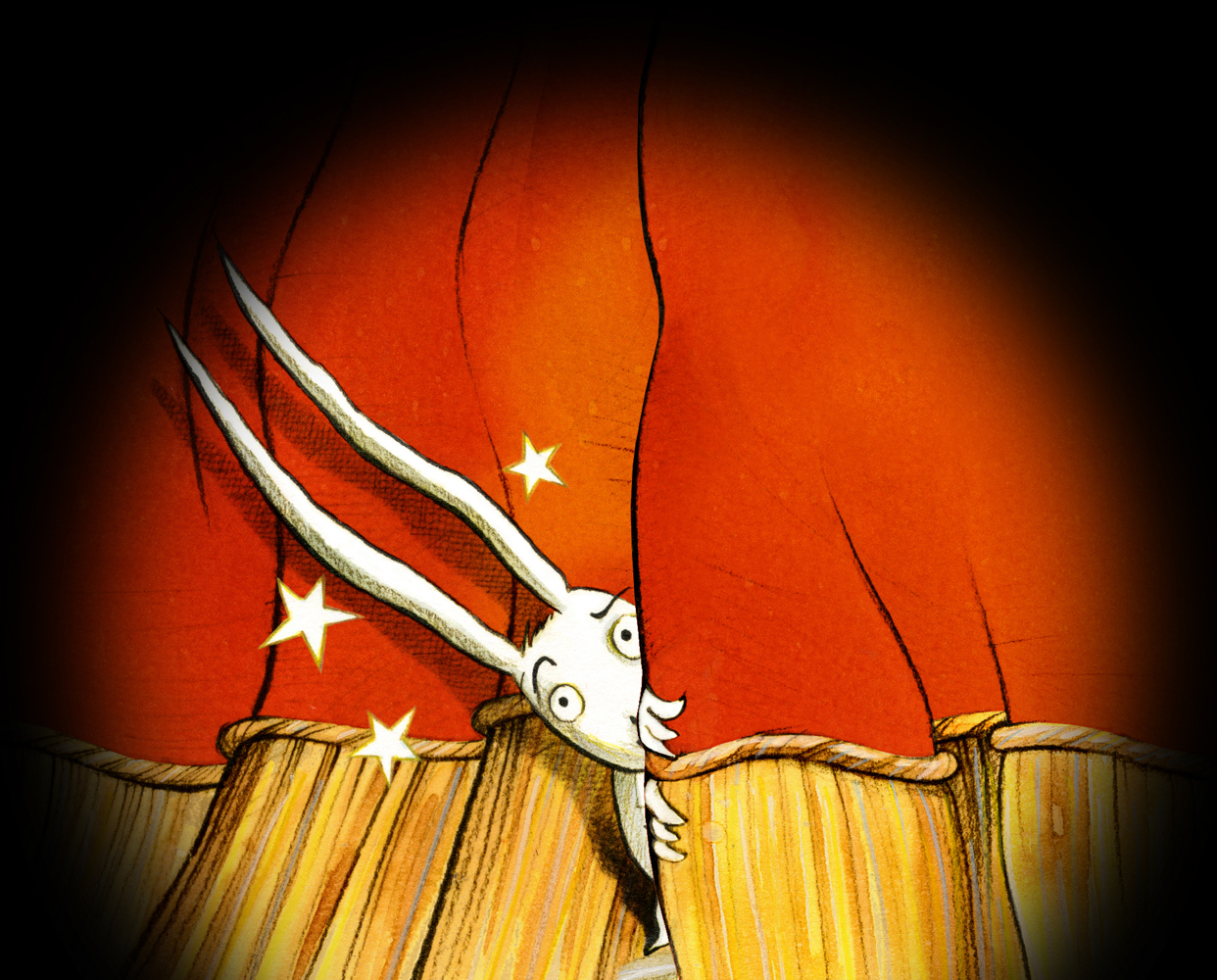
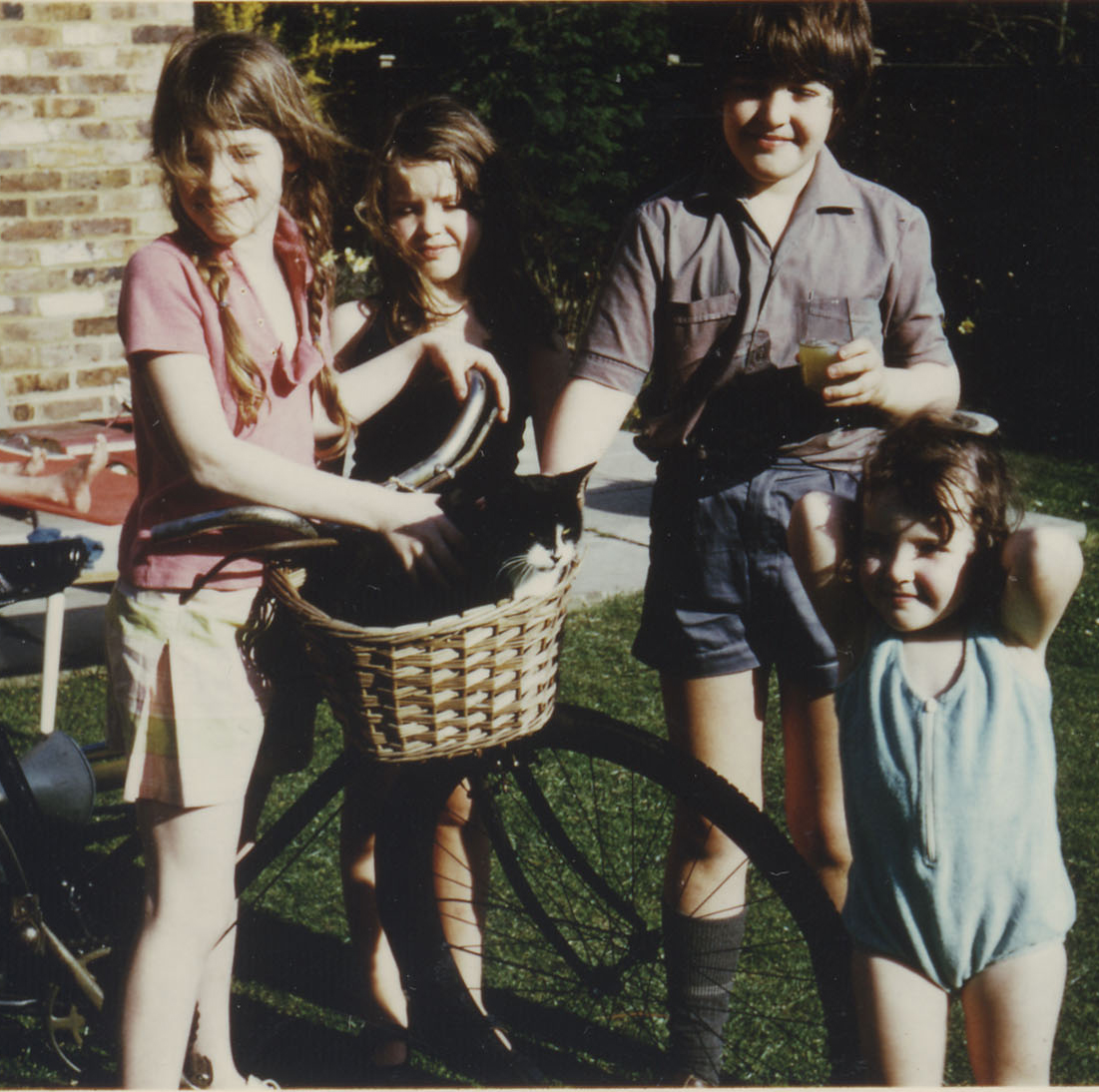


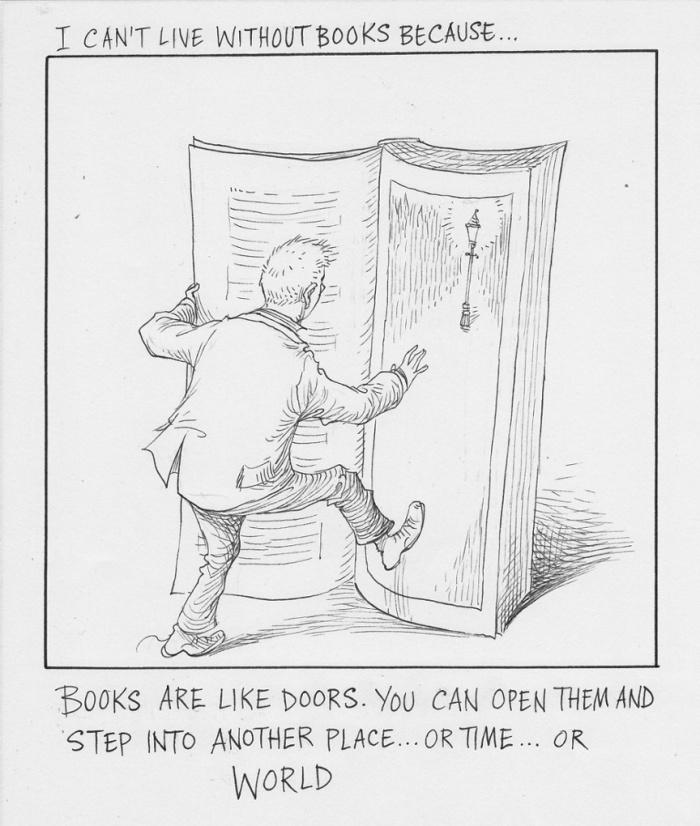
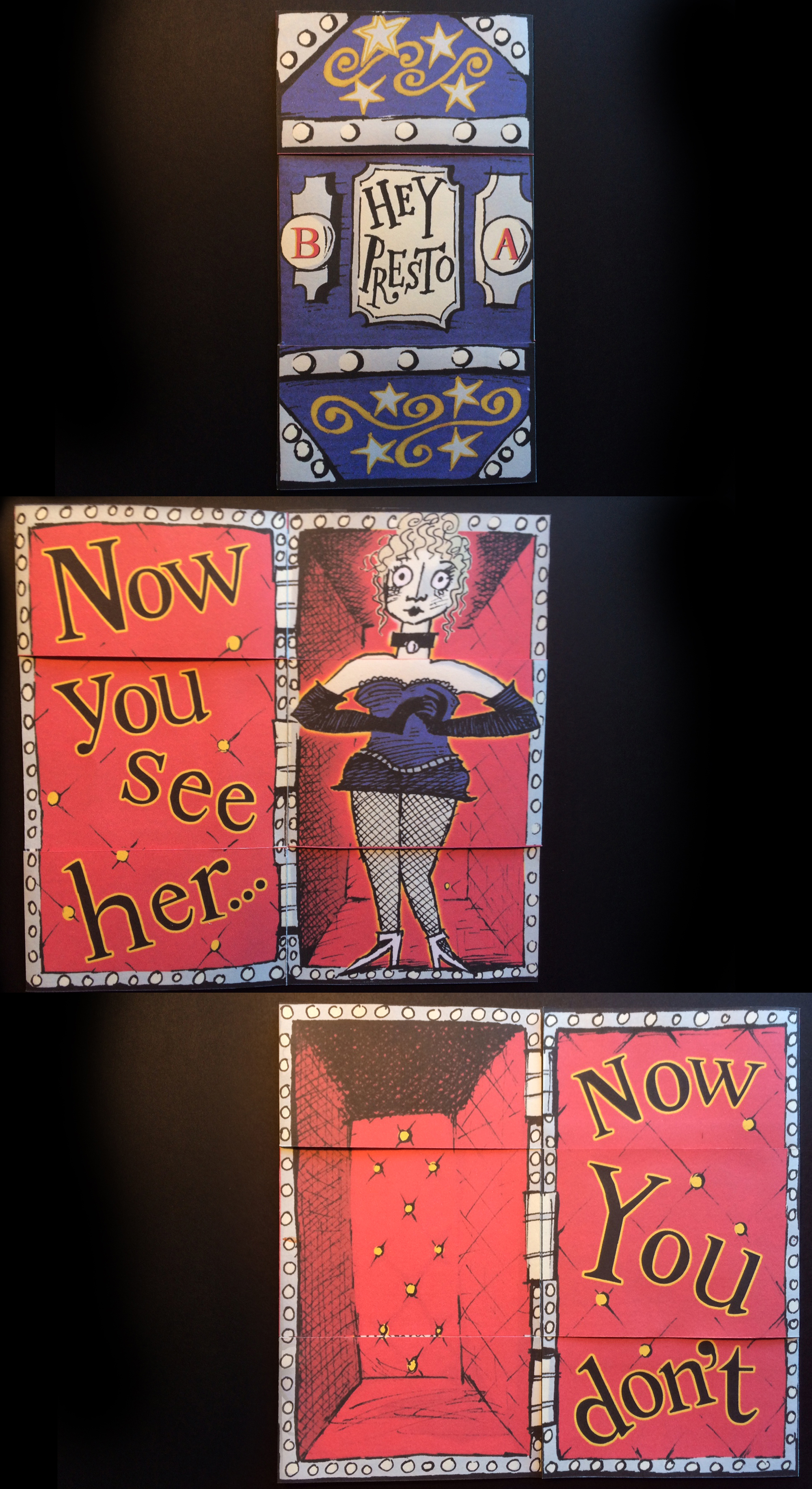
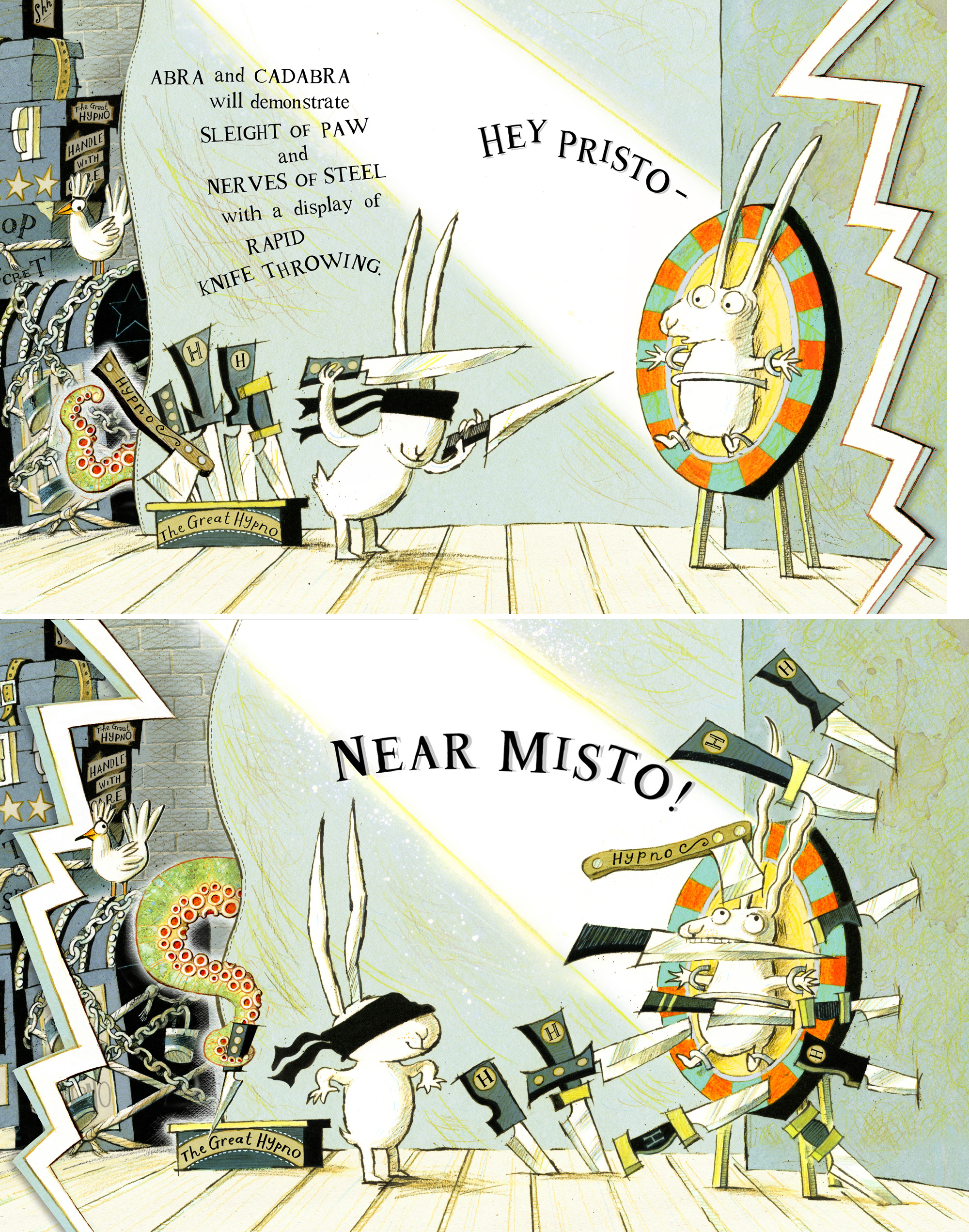
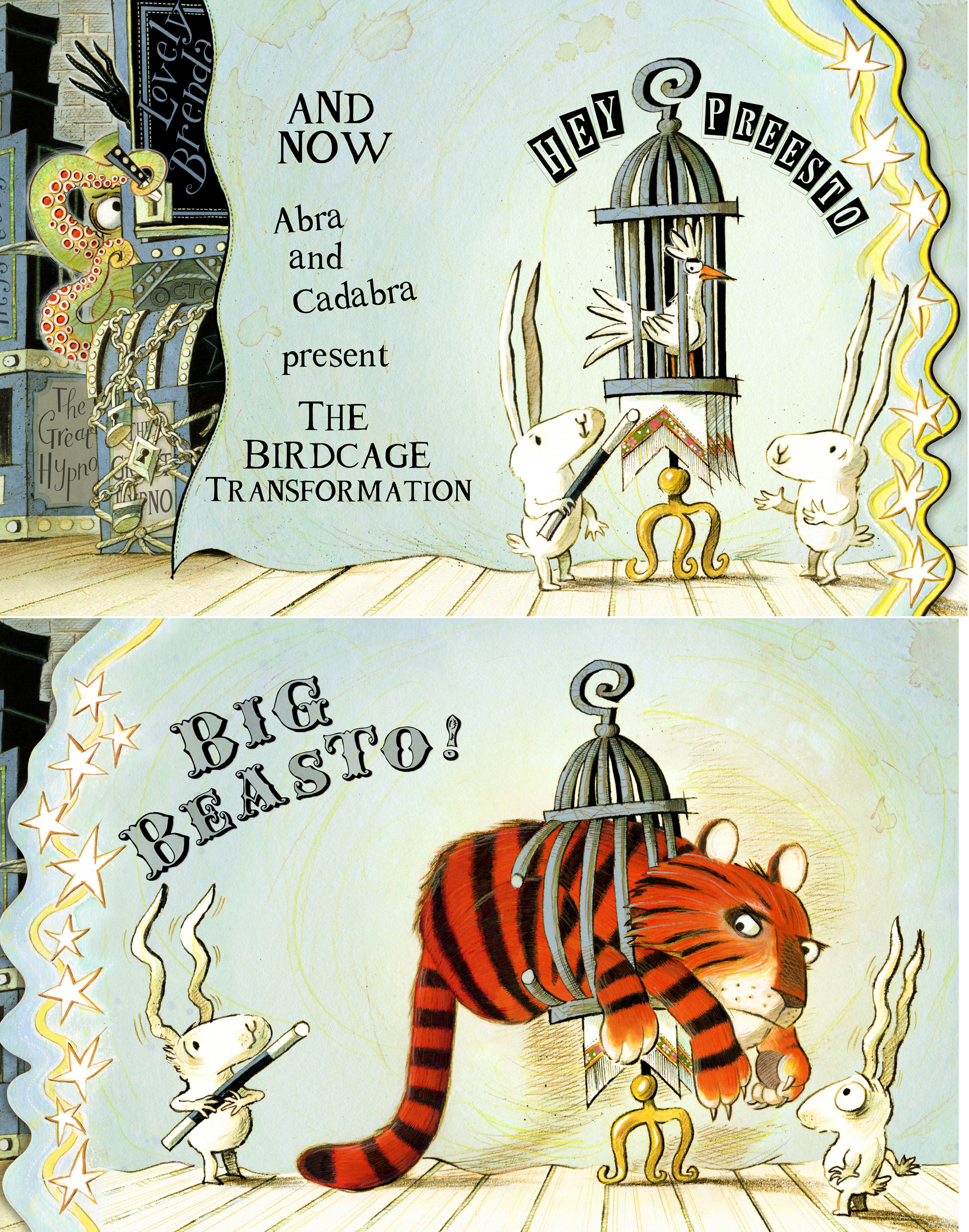
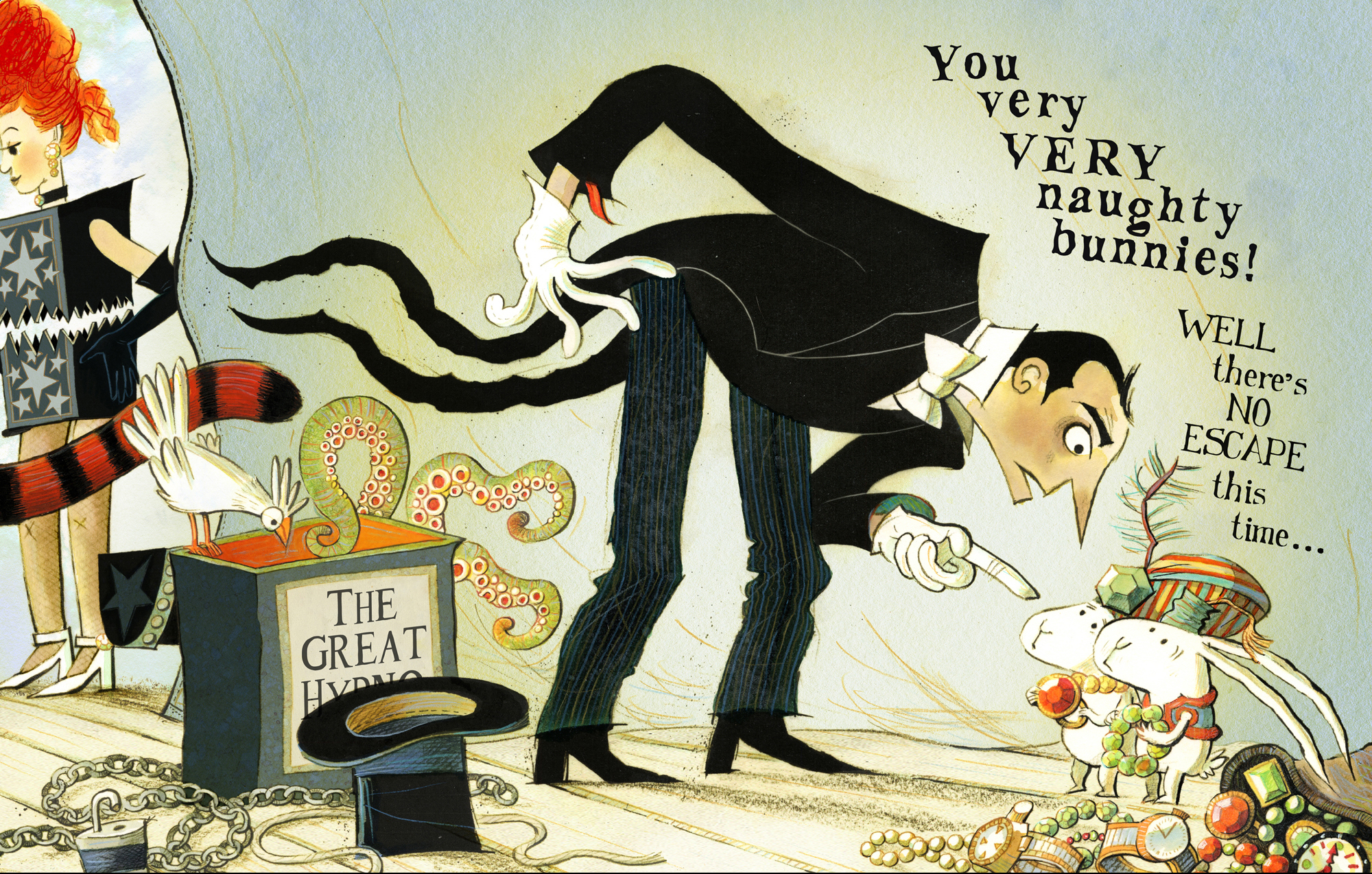
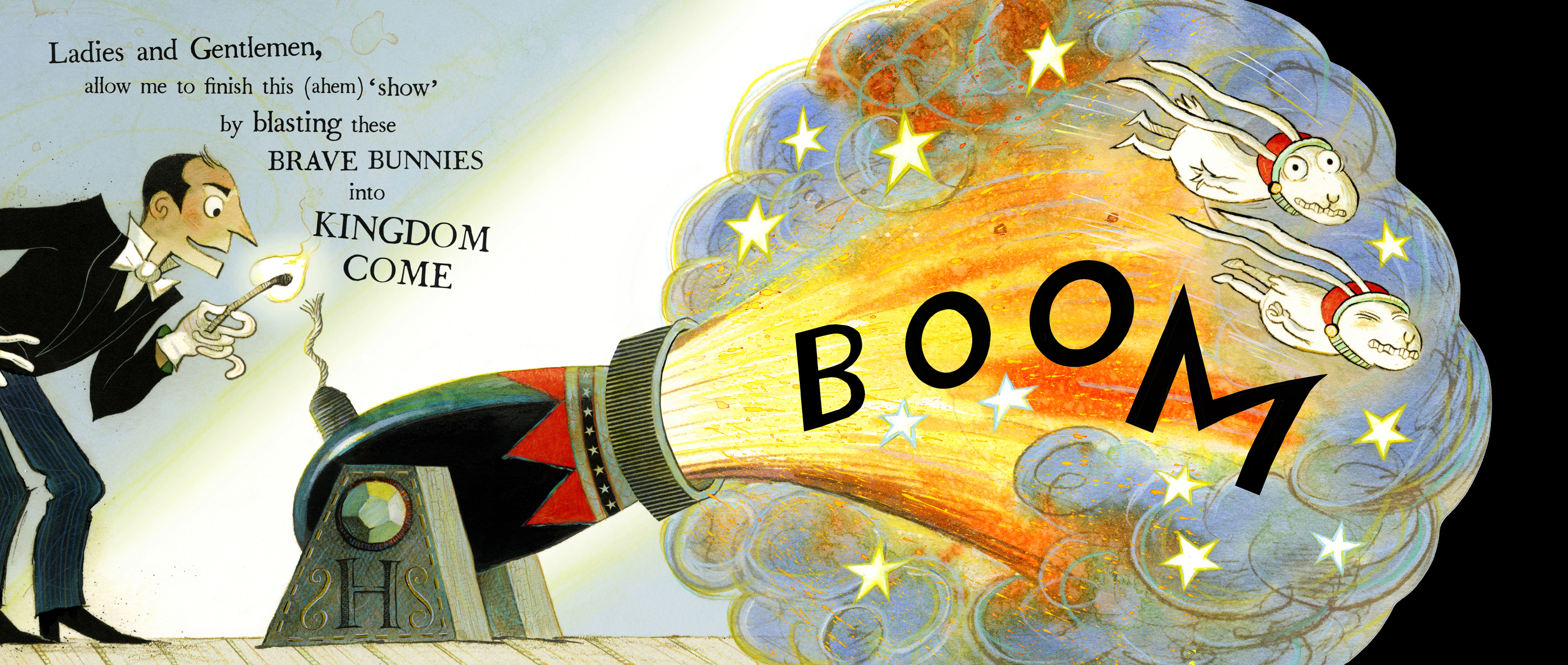
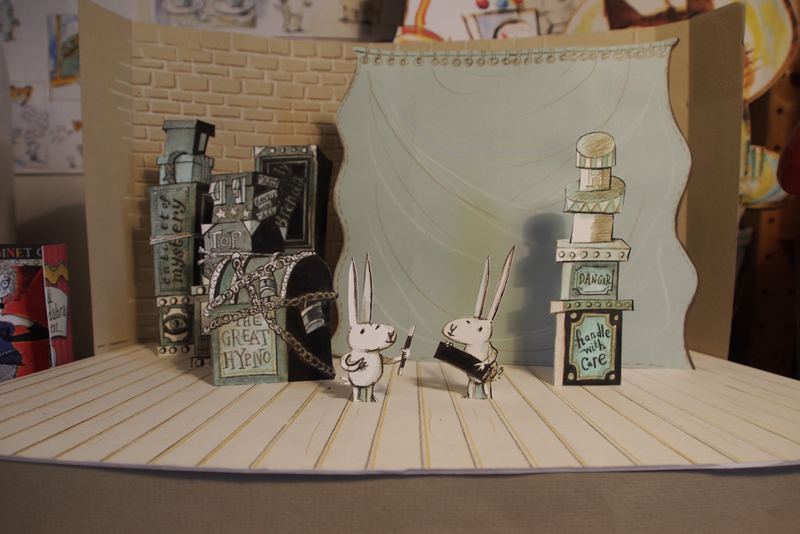
Exciring! I was a serious performing magician in my teenage years, so I’m looking forward to perusing this in detail. Abracadabra . . .
Why did I not know this? When are we going to see a performance of Rick’s Tricks?